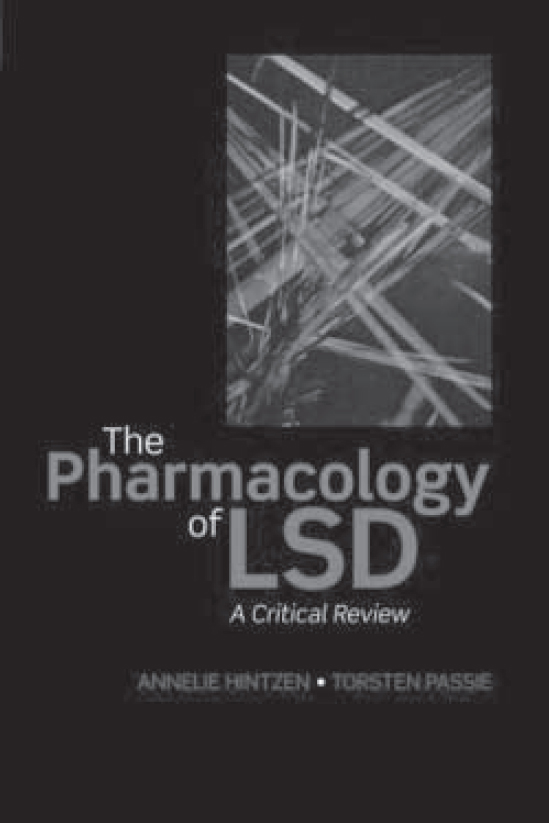
Many psychiatrists today are not aware of the role lysergic acid diethylamide (LSD) played in the profession in the mid 1950s. Heralded as ‘the next big thing in psychiatry’, this fascinating drug looked set to transform the management of ‘neurotic’ patients. But in the wake of the subsequent drug revolution LSD was banned and largely consigned to museums’ shelves for the past 40 years. Until now.
Psychedelic research is enjoying a worldwide renaissance – with a major UK conference in April 2011 – and this book provides an impressive trawl through the database of over a 1000 pharmacological studies conducted on LSD in the past 60 years since the drug’s discovery by Albert Hofmann. The book’s approach to evidence for the experienced academic researcher is exhaustive, while also remaining accessible to psychiatrists and the lay enthusiast.
LSD is remarkable not least for stimulating the imagination of so many varied people. What other subject, ask the authors, spans the academic fields of biology, medicine, cultural anthropology, theology, botany, psychology and chemistry? Not to mention the drug’s influence in religion, music and art.
The authors illustrate the immense potency of LSD, its pharmacodynamics and what is known of its beguiling pharmacokinetic properties. An extensive chemistry section outlines the many lysergic acid derivatives and the drug is described accurately as a non-addictive, tasteless, colourless, immensely potent substance with a virtually absent toxicity. After 60 years of sustained use by hundreds of millions of people there has never been a recorded human death from physiological overdose. As a pharmacology book it only touches on the subject of therapeutic uses. There are many psychiatric studies missing from the text and a disheartening lack of credit is given to the important role LSD played in psychiatry in the past. Likewise, the sections on the drug’s psychological effects and particularly the phenomenon of spiritual experience – a hallmark of the LSD experience – are very brief indeed. For a more detailed review of these effects one is directed towards Masters and Houston’s The Varieties of Psychedelic Experience (Henry Holt & Co, 1966) or many other texts of that period.
Nevertheless, overall this is an essential addition to the library of any self-respecting psychedelic enthusiastic. Especially for those keen to swot up and join the resurgence of interest in what is undoubtedly the world’s most famous molecule after DNA.



eLetters
No eLetters have been published for this article.